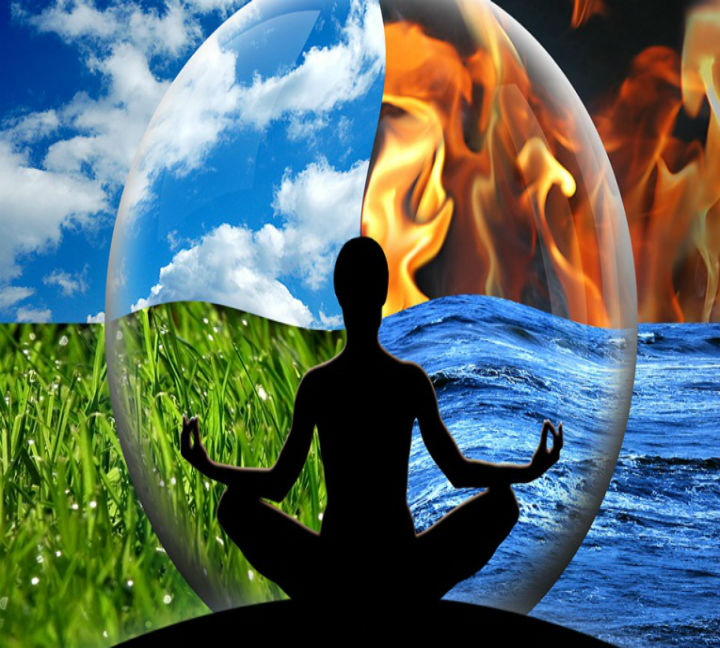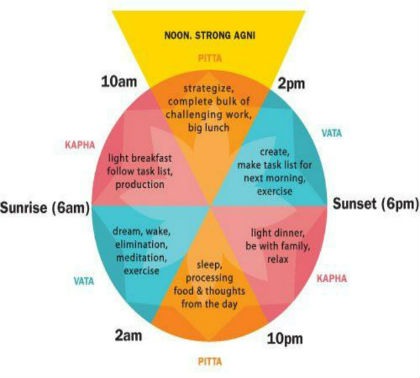The Sapt (seven) Dhatus (tissue) elements form the pillars of the body that form the means of nourishment and growth while providing support to the body as well as the mind.
i) Ras Dhatu – Derived from digested food, it nourishes each and every tissue of the body.
ii) Rakt Dhatu – Regarded as the basic of life. It not only nourishes the body tissues but provide physical strength also.
iii) Mans Dhatu – The muscle tissue, its main function is to provide physical strength and support to body.
iv) Med Dhatu – Consist of adipose tissue providing support to asthi dhatu. It also lubricates the body.
v) Asthi Dhatu – Comprising of bone tissues, including cartilage, its main function is to give support to the Majja Dhatu and provide support to Mans Dhatu.
vi) Majja Dhatu– Denoting the yellow and red bone marrow tissue.
vii) Shukr Dhatu– The main aim of this tissue is to help reproduction and strengthen the body.
Since the dhatus support and derive energy from each other. Affecting one can influence others. For instance, interference in the manufacture of the plasma affects the quality of the blood. Which turn effects the muscles. Each tissue type has its own agni. Which determines metabolic changes in the tissues. And forms by-products, which are either used in the body or excreted through the body. E.g. Menstrual periods are by-product of Rasa Dhatu. The tissues are also governed by the three doshas, and any imbalance in them also causes imbalances in dhatus.




